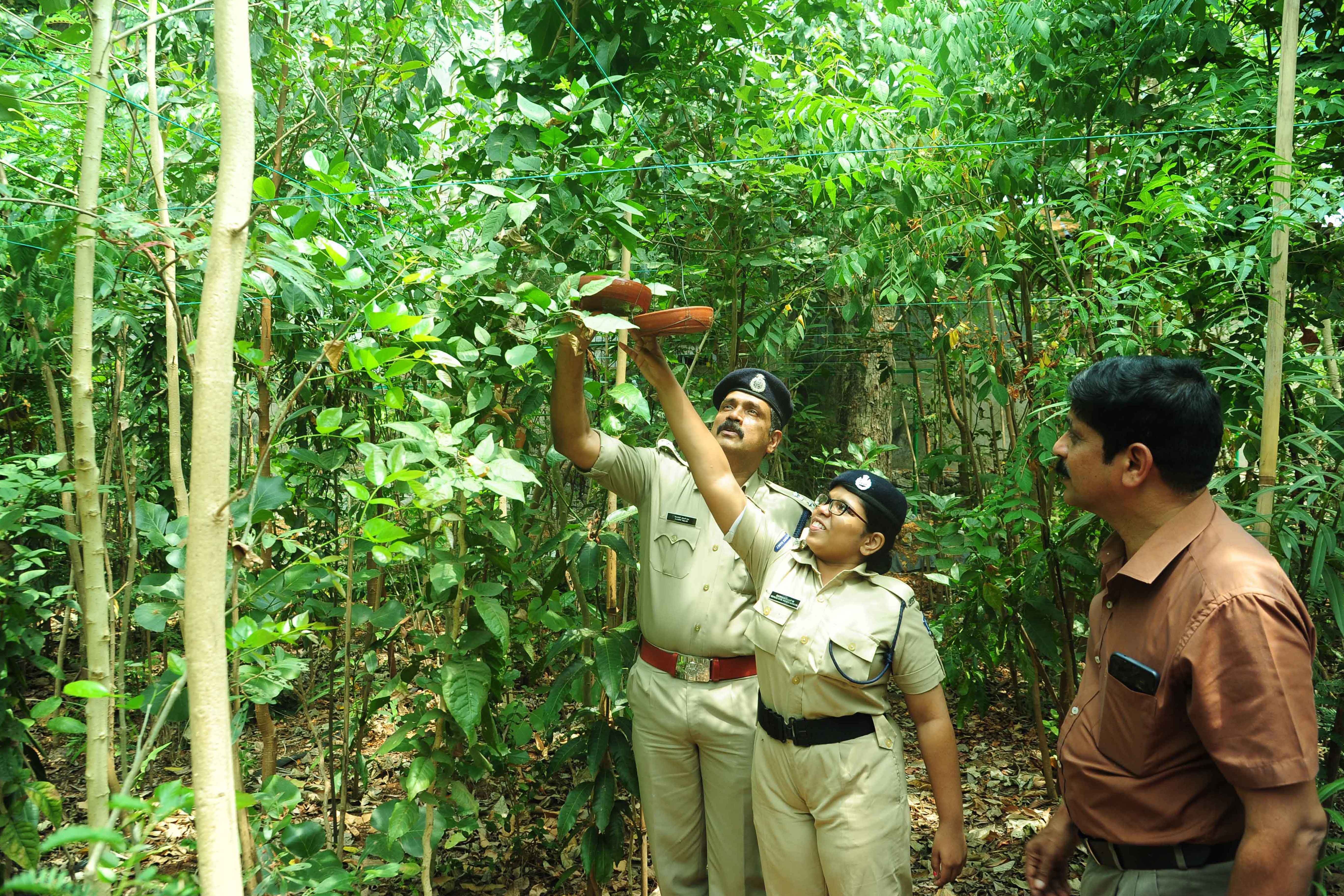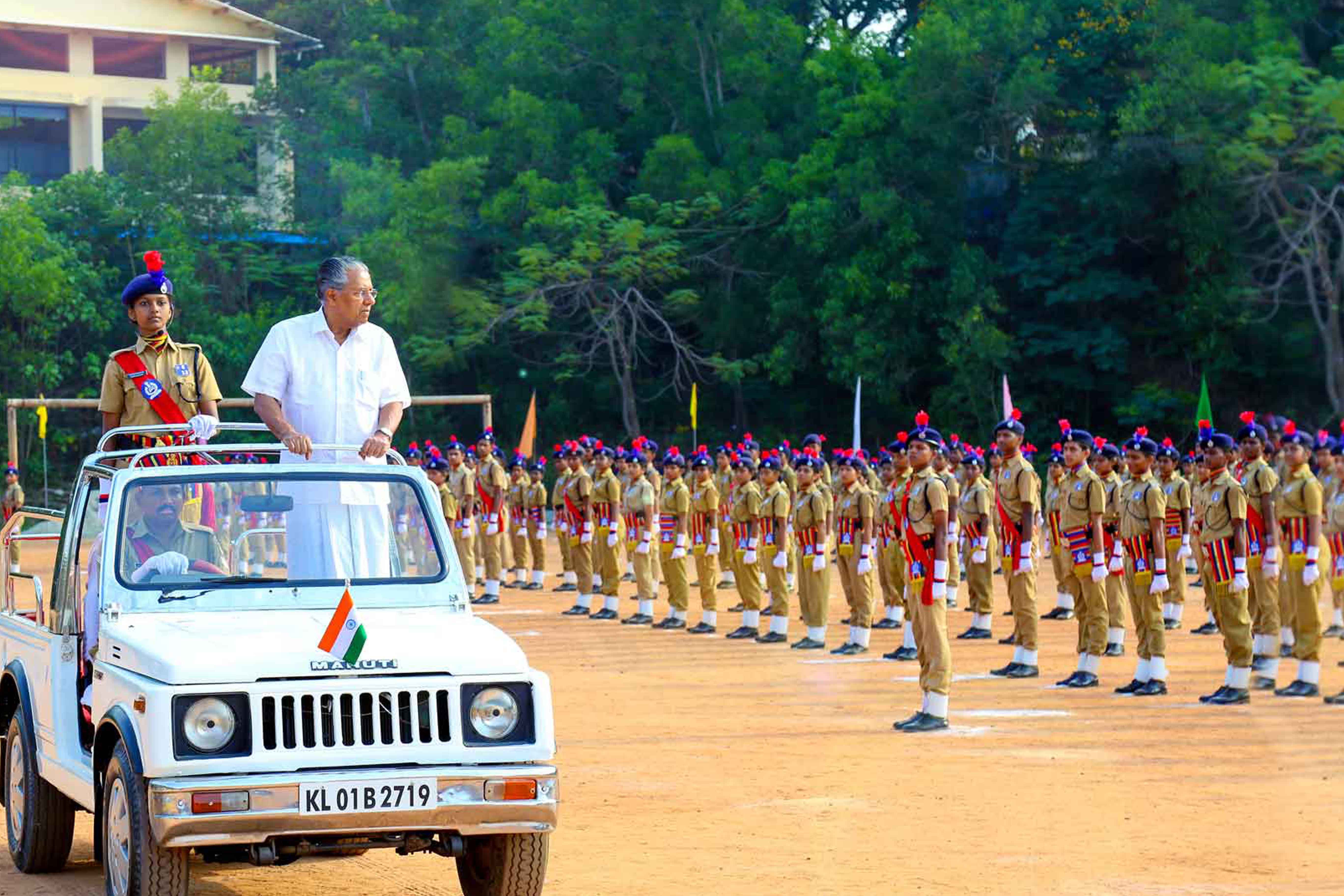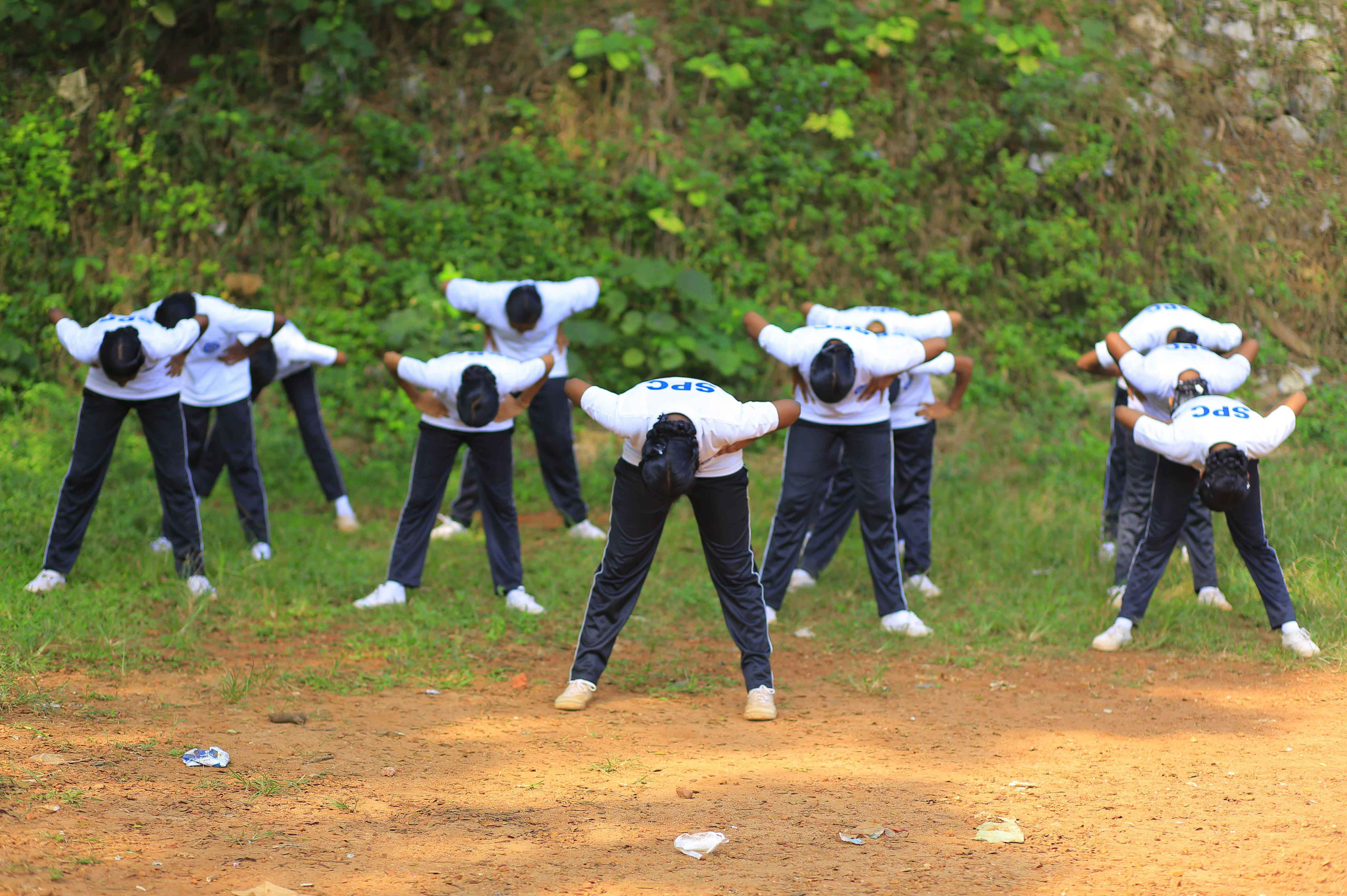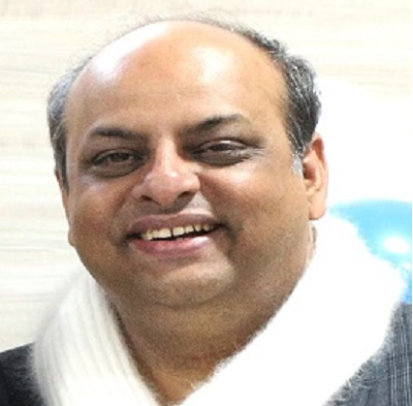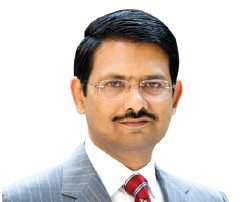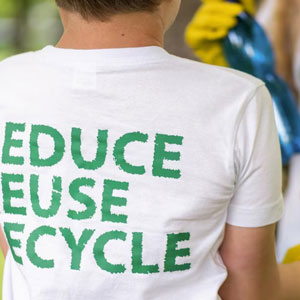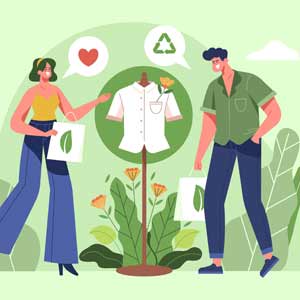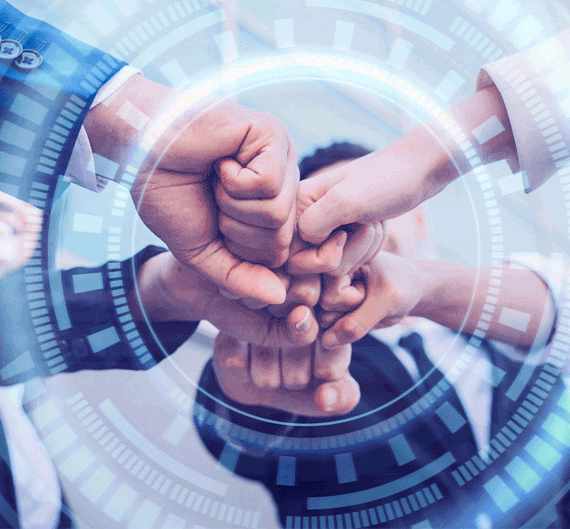
#IAmTheSolution
We define a changemaker as someone who envisions a better reality, builds a team to realize this purpose, and takes action to bring this reality into being, while continuously learning and adjusting for the good of all. We believe that changemakers come in all ages and excel at the following abilities:
Conscious Empathy : The ability to be aware of and understand our own, other individuals' and groups' perspectives, and to use that understanding to recognize patterns over time and guide one’s actions toward a purpose that contributes to the good of all.
Teamwork : The ability to contribute to and thrive in a fluid ecosystem of teams that mobilizes around each new problem or opportunity.
Changemaking Leadership : A leadership mindset that recognizes that in a world of constant change, the role is to envision, enable, and then ensure that every player is an initiator and sees the big picture.
Changemaking Action : The process of creating a novel solution to a social problem that is more effective, efficient, sustainable, and more just than existing solutions and for which the value created accrues primarily to society rather than to private individuals.
LECO’s mission is to empower every school student in India with these abilities such that every breath they take resonates with the call – I AM THE SOLUTION!
Need For Impact
The average person unknowingly wastes up to 30 gallons of water every day. According to the World Bank, pure water resources will be one of the limiting factors in economic development for the next decades. Responsible water consumption is something which is needed to save this rare resource. Responsible consumption means being conscious about the water usage and proactively taking measures to use it efficiently.
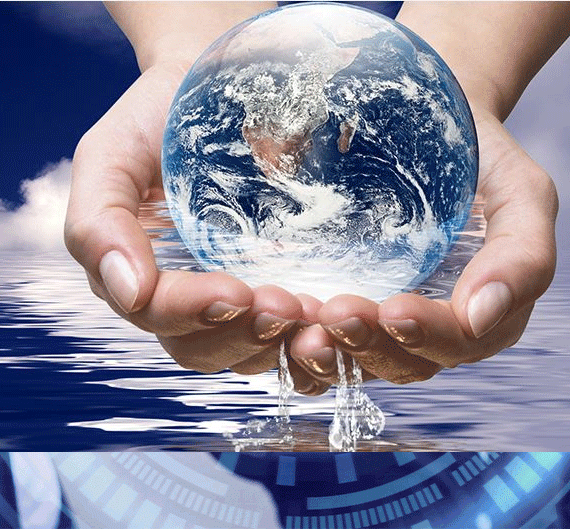
Globally, around 14 percent of food produced is lost between harvest and retail, while an estimated 17 percent of total global food production is wasted (11 percent in households, 5 percent in the food service and 2 percent in retail). Reducing food losses and waste is essential in a world where the number of people affected by hunger has been slowly on the rise since 2014. In terms of food, a “responsible consumer” will probably be a consumer who tries to avoid as much food waste as possible.

On an average, about 15 percent of fabric used in garment production is cut, discarded and wasted. The fabrics that are made from 100 percent degradable material like cotton, linen, silk, hemp are recycled into a compost, or upcycled into a value-added product. A responsible attitude is needed amongst the consumer to look out for environmentally friendly, sustainable fabrics. Shift in the fashion world is needed which promotes creation of capsule wardrobe which can be sustained for a longer period of time.

According to the EIA, 66% of the primary energy used to create electricity is wasted by the time the electricity arrives at the customer meter. Energy waste occurs when energy is produced but not used, or when it is used inefficiently. One of the most obvious energy-wasting habits is leaving the lights on. Responsible Electricity Consumption constituents using LED bulbs instead of tube lights, using appliances that have high efficiency ratings etc.
- Smart way to work and get good results
- To create value and make a diffrence
- Be a great place to work people inspired
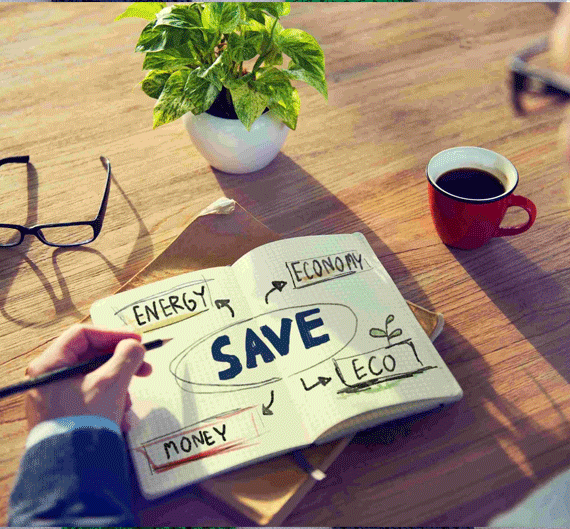
When fossil fuels are burned, they release large amounts of carbon dioxide, a greenhouse gas, into the air. Greenhouse gases trap heat in our atmosphere, causing global warming. Already the average global temperature has increased by 1C. The entire global community is making efforts to create awareness regarding responsible fuel consumption. It can start by taking up public transport instead of private conveyance. For this to happen the governments need to create a strong and efficient public transport system.
- Smart way to work and get good results
- To create value and make a diffrence
- Be a great place to work people inspired

We generate around 40 million tons of electronic waste every year, worldwide. That's like throwing 800 laptops every second. An average cell phone user replaces their unit once every 18 months. E-waste comprises 70% of our overall toxic waste. We need to be responsible while buying and discarding our electronic products.
- Smart way to work and get good results
- To create value and make a diffrence
- Be a great place to work people inspired

The Global Plastics Outlook shows that as rising populations and incomes drive a relentless increase in the amount of plastic being used and thrown away, policies to curb its leakage into the environment are falling short. Reducing pollution from plastics will require action, and international cooperation, to reduce plastic production, including through innovation, better product design and developing environmentally friendly alternatives, as well as efforts to improve waste management and increase recycling.
- Smart way to work and get good results
- To create value and make a diffrence
- Be a great place to work people inspired

The process of manufacturing paper releases nitrogen dioxide, sulphur dioxide, and carbon dioxide into the air, contributing to pollution such as acid rain and greenhouse gases (GHGs) which are responsible for climate change such as global warming. Responsible Stationary Consumption is the need of the hour in order to establish a better place for our future generation.

Image Gallery
Structure & Process
Project Selection- The first step of the campaign is to allow students to choose the kind of project they will do. Project they would like to delve into. The umbrella topic will be Responsible Consumption but they can explore different activities that they would like to take up as their project topic.

Making the layout for the project-After finalizing the topic for their project, the students need to chalk out the design or layout of their project, how they would like to execute it and give shape to their idea which will create sustainable change in their surroundings.

Executing it in their surroundings-Once the layout is done they need to work it out in their surroundings and see whether it is actually greeting a change and bringing a behavioural shift.

Reviewing of the projects will be done at every stage by a group of mentors who will mentor the students and provide valuable feedbacks on how they can tweak any situation and create greater impact. These group of mentors will be trained by Core Mentors through a proper training module and activities.

Presentation of the project-Once all the above mentioned steps have been followed. On 5th of June 2023 the projects will be showcased on the occasion of World Environment Day and show how students can be the change maker and school a change making lab.

Towards Sustainable Future

Building a sustainable future involves making a better place for living, not just existing. For building such a future we need to work on every aspect of life from heath to education to environment to responsible consumption and in a way create peace and prosperity throughout. It’s something that an individual can achieve alone. It requires continuous targeted efforts from all the stakeholders. It requires good decision-making and engagement with complex social, economic and environmental challenges. That’s why we partner with governments, businesses and communities for a better world.
Responsible Consumption
Our planet has provided us with an abundance of natural resources. But we have not utilized them responsibly and currently consume far beyond what our planet can provide. We must learn how to use it in sustainable ways that will reverse the harm that we have inflicted on the planet. Responsible consumption is a broad concept that has not only an environmental dimension but also an economic, social and health dimension. In reality, the trendy side of responsible consumption is variable since it depends on the sensitivity of consumers. Some responsible consumers will focus on the ecological side of their consumption, trying to choose seasonal, organic and ecological products. Others will focus on the impact that their choices will have on the economy by choosing locally produced products. There are also the ones who’ll choose their products according to what’s best for their health.

Measuring What Matters

Alongside proper delivery of the SDGs, another priority is helping to develop meaningful indicators of progress. While implementing the above targets we need to set our intentions on a particular quantifiable number that we want to achieve which will showcase a difference in the attitude and behaviour of the people. Without measuring we cannot reach our final goals. Efforts will be made with the help of experts to design methods by which we can measure the work done on the field.


